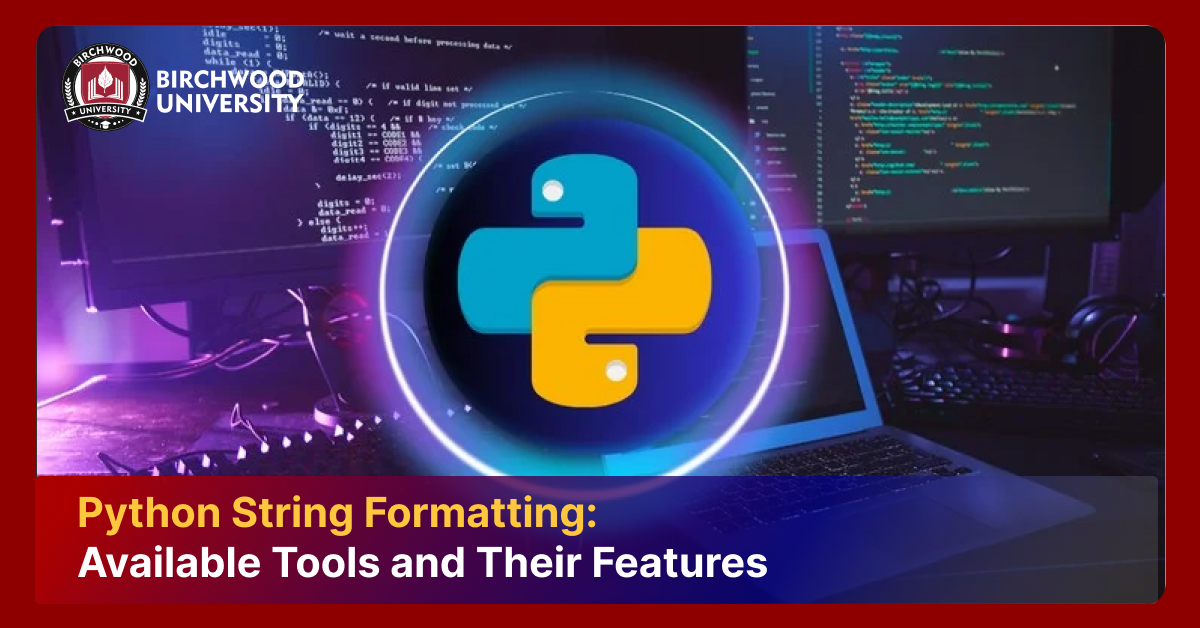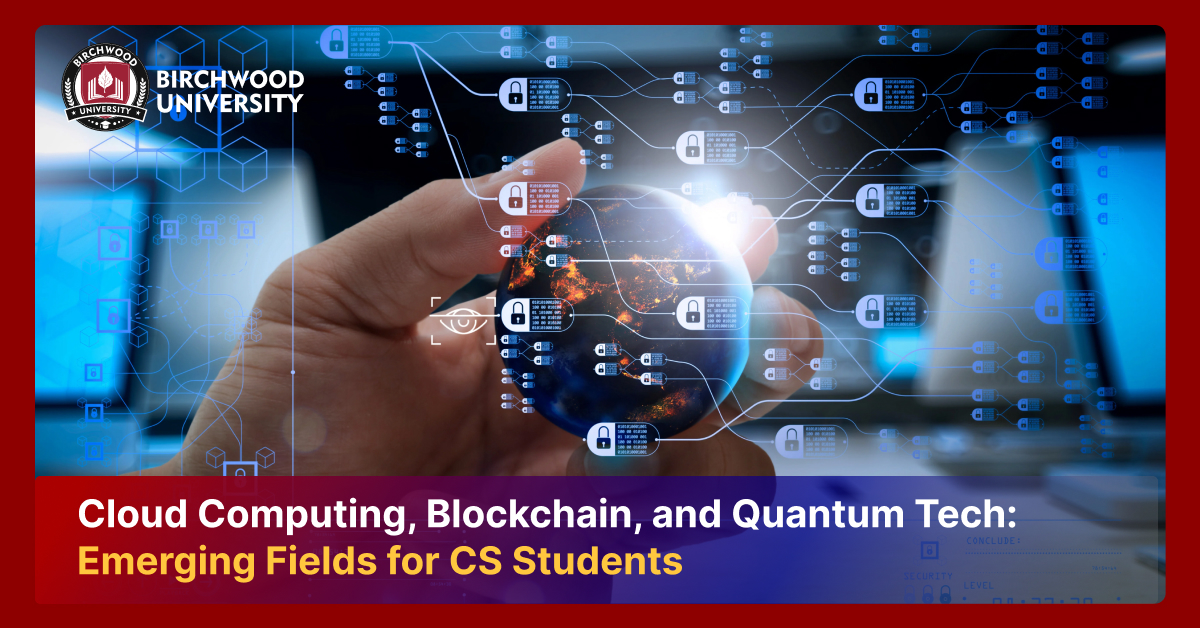Metaverse for the Future of Distance Education
Jan 15, 2024The notion of the metaverse has garnered noteworthy interest in recent times, and its possible uses in many sectors, such as remote learning, are currently being investigated. The term "metaverse" describes a shared collective virtual environment that arises from the merging of physically persistent virtual reality and virtually augmented physical reality. Put more simply, it's a virtual environment that many people may access and interact with at once.
Because of its accessibility and flexibility, online education, sometimes referred to as distance education, has grown in popularity. However, it frequently falls short of the engaging and hands-on learning opportunities that come with traditional in-person instruction. The metaverse enters the picture here. Students can experience a more immersive and captivating learning environment by incorporating the metaverse into their distance education program.
The benefits of Metaverse in Education:
Technology is useful in continuing education. The shift happened quickly: flexible learning environments and seminars gave way to cloud-hosted virtual classrooms and microlearning, which used AR and VR to build immersive learning environments. Let us focus on the metaverse and education, analyzing its primary advantages for the education sector.
- Enhanced Accessibility:
Students with impairments or those who reside in remote places may find it easier to engage in class activities and discussions thanks to virtual learning in the metaverse. Students from around the globe may find it easier to acquire education if the metaverse materializes. Students can now use their cellphones or VR headsets to enter the metaverse thanks to the development of augmented reality (AR) and virtual reality (VR) technologies. Thus, students who might not otherwise have access to high-quality education in their community might nevertheless gain from a virtual learning environment.
- Immersion in Learning:
By utilizing virtual field trips, virtual simulations, and other interactive activities, metaverse schools may provide students with engaging and dynamic learning opportunities. Moreover, the metaverse can help bridge the gap between theory and practice in distance education. For example, students studying architecture can have virtual tours of famous buildings, allowing them to examine the structures up close and learn about their design principles. Similarly, medical students can practice surgical procedures in virtual operating rooms, gaining valuable hands-on experience.
- Improved Collaboration:
Regardless of a student's geographical location, metaverse classrooms may enable real-time collaboration among students, which may result in more insightful and varied conversations. Students can explore virtual classrooms, interact with virtual objects, and collaborate with fellow students and instructors in real time.
- Customized Learning:
Since students can engage with virtual content at their own pace and delve deeper into subjects that interest them, the metaverse may offer a more tailored educational experience. They can attend lectures, participate in discussions, and even conduct experiments or simulations, all within the virtual environment. This not only enhances the learning experience but also provides opportunities for students to develop important skills such as problem-solving, teamwork, and critical thinking.
Concern Over Metaverse Classroom:
- Technical Issues:
Not everything is perfect—at least not in the context of technology. There are several technological obstacles to overcome while building a metaverse classroom. First of all, since the metaverse needs a fast and reliable internet connection, there can be issues with connectivity and bandwidth. Then, there are some hardware needs, including VR headsets, a strong graphics card, and/or other devices. For some children who do not have access to all of the aforementioned resources, this can be difficult. Finally, to facilitate student tracking and assessment, a metaverse classroom might need to link with already-in-use educational systems, such as Learning Management Systems.
- Costly:
A metaverse classroom is more expensive than a standard one for several reasons. To begin with, development and hardware expenditures need to be taken into account. Technical know-how, as well as investments in hardware, software, simulations, and reliable network infrastructure, are necessary to develop a virtual classroom. Hiring an outsourced partner who is already familiar with the ins and outs is the alternative. Furthermore, for a virtual environment to operate well, it requires constant care and maintenance.
- Might become Addictive:
Some people spend more time than they should in the metaverse because of its immersive quality, which gives the impression that it is real. They might end up ignoring the real world and all of its obligations as a result. Furthermore, some virtual classrooms may include gamification components like prizes, which, if done incorrectly, may promote addictive behaviors. It can be quite encouraging to feel like you've achieved your goals, which is a double-edged motivator in this situation.
- Security Issues:
A metaverse classroom needs to be safe and protect users' data, just like any other online platform. Cybersecurity risks including identity theft, hacking, and data breaches are serious issues that must be handled right away. Furthermore, moderation of content is crucial. Controlling the content that kids access, share, and create is crucial even if it can be difficult since it exposes pupils to offensive, harmful, or inappropriate materials.
Environment and the Metaverse
There is constant discussion and argument about how higher education might survive in the metaverse. One way that virtual learning in the metaverse could lessen education's ecological footprint is by minimizing the need for students to physically travel and by using less paper and other resources. However, the energy needed to power the servers and data centers that underpin the metaverse may have a major negative effect on the environment, especially if demand for online learning doesn't decrease.
Nevertheless, it is safe to conclude that the metaverse holds a lot of potential that can change the future of education and learning. We have to analyze the metaverse's potential and evaluate its effects on higher education as it develops and gets better. The advantages of the metaverse for education cannot be overlooked, notwithstanding legitimate worries regarding the standard of instruction and its effect on the on-campus experience. By utilizing this cutting-edge technology, we can give kids a special and worthwhile learning experience that gets them ready for the opportunities and challenges of the future.
Conclusion:
In conclusion, it is important to note that the implementation of the metaverse in distance education comes with its own set of challenges. Ensuring reliable internet connectivity, providing adequate technical support, and addressing concerns regarding privacy and security are some of the key considerations that need to be addressed.
However, the metaverse holds great promise for the future of distance education. Creating immersive and interactive virtual learning environments, can enhance the learning experience for students and bridge the gap between theory and practice. While there are challenges to overcome, the potential benefits make it an exciting frontier for the future of education.






